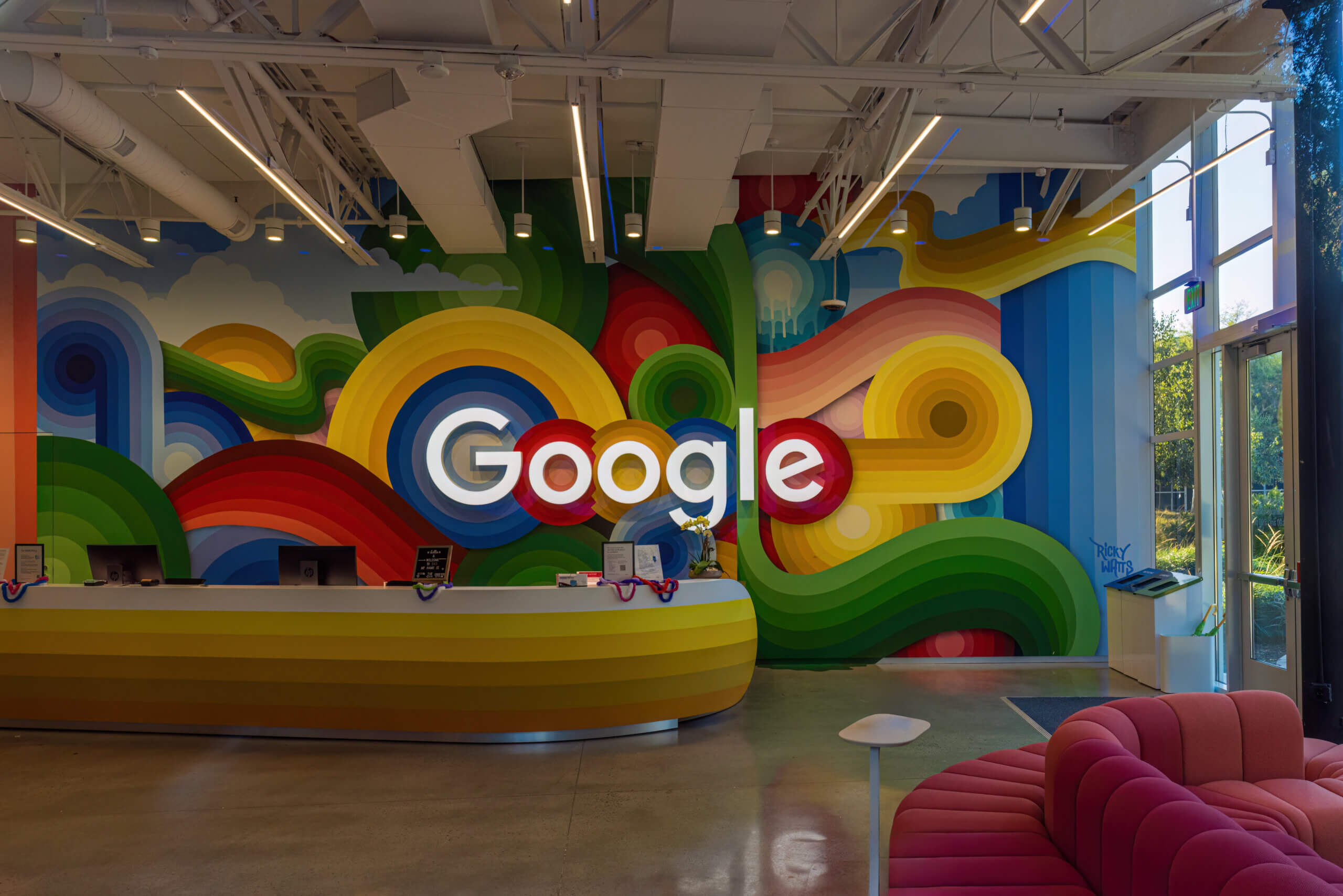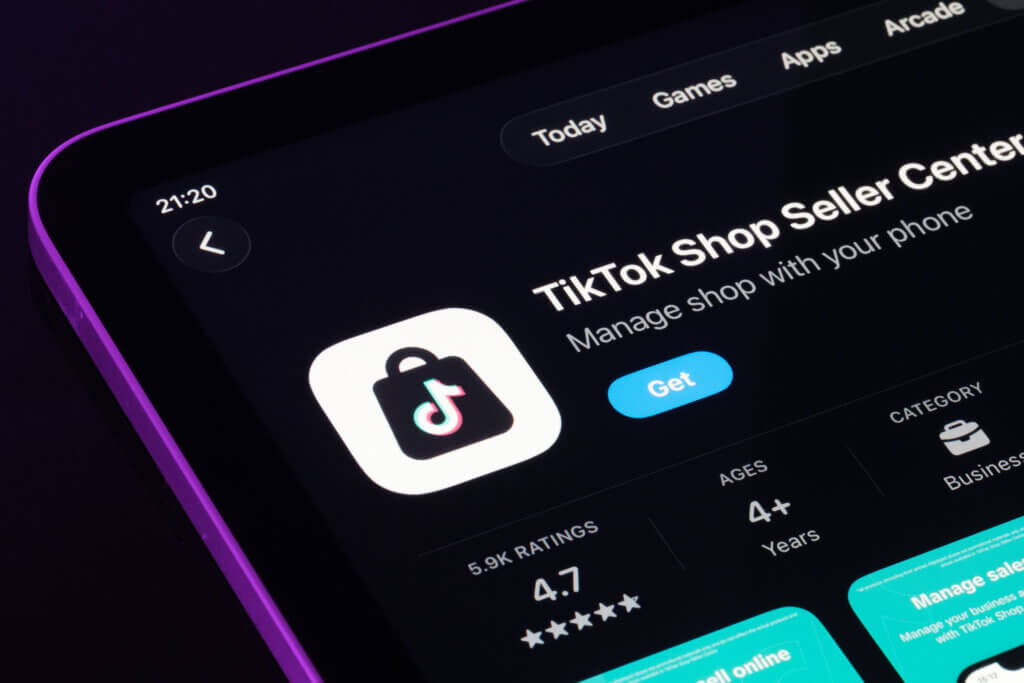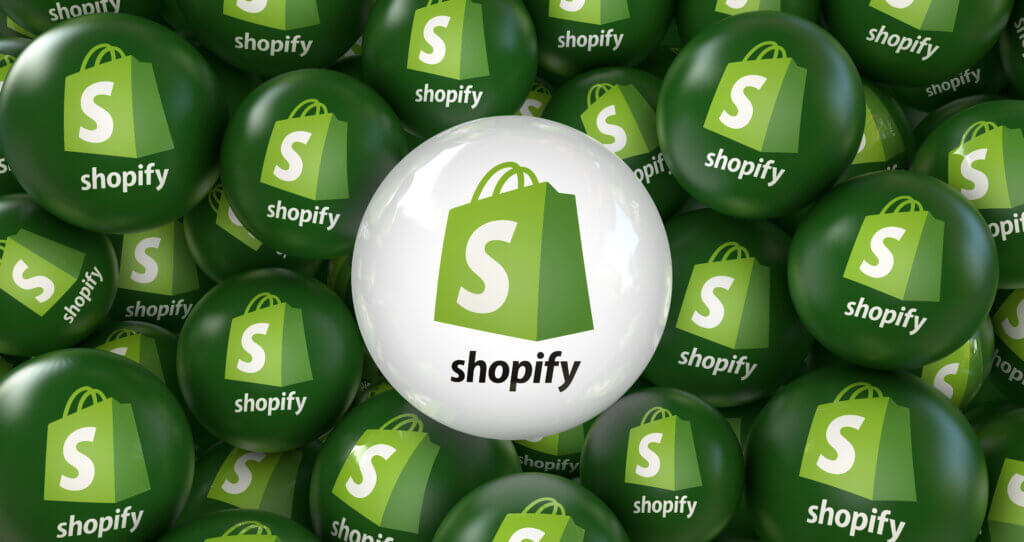The digital marketing world thrives on traffic – but what happens when AI starts rerouting it? In 2023–2025, Google began rolling out AI Overviews (part of its Search Generative Experience, or SGE) that provide instant answers at the top of search results. Now Google faces a wave of legal scrutiny over how these AI-generated answers impact web traffic.
Publishers and platforms are alarmed enough to sue, claiming Google’s new feature siphons off visitors who would otherwise click through to their sites. This post unpacks the implications for marketers, publishers, and platforms – and why Google’s AI move is sparking lawsuit-level panic across the industry.
Table of Contents
The Lawsuit: What’s Happening and Why It Matters
Two high-profile lawsuits underscore the growing tension between Google and content providers. Penske Media Corporation (PMC) – owner of Rolling Stone, Variety, Billboard, and more – filed an antitrust lawsuit against Google in September 2025, alleging that Google illegally uses publishers’ content to power its AI Overviews. PMC argues that Google has twisted the traditional “search indexing” deal: to stay visible on Google, publishers are now coerced into allowing their content to be repackaged as AI answers that preempt clicks. As the complaint puts it, Google “requires publishers to also supply that content for other uses that cannibalize or preempt search referrals”. In other words, Google is leveraging its dominance in search to display publishers’ information in an answer box – keeping users on Google and out of the publishers’ websites.
The Chegg case drives the point home from a platform perspective. Chegg, an education tech company known for textbook solutions, sued Google in 2025 claiming that AI Overview snippets using its content have hurt its site traffic and revenue. Chegg’s complaint isn’t about copyright per se; it accuses Google of abusing monopoly power. The allegation is that Google essentially gave publishers a stark choice: hand over your content for AI-driven answers or risk vanishing from search results. This isn’t a typical antitrust fight about pricing or ad dominance – it’s about control of digital visibility. Who gets to answer the user’s question: the source website, or Google’s AI summary drawn from that website’s data? By transforming from a “search engine” into an “answer engine,” Google stands accused of tipping the balance in its favor and undermining the very websites that supply its answers. This battle matters because it strikes at the core of online business models: if Google’s AI can draw on everyone’s content to answer queries, do publishers still get their fair share of attention (and traffic)? The lawsuits argue the answer is no, and they aim to force a reckoning over this new reality of search.
The Traffic Shift is Real
Figure: Click-through rates plummet when answers are provided by AI. Traditional Google search results see roughly an 8.6% click-through rate, whereas AI-powered search pages yield well under 1% – meaning the vast majority of users get their answer from Google’s page without clicking out. This early data confirms what publishers feared: Google’s AI overviews are reducing the flow of visitors to external sites. PMC’s lawsuit notes that about 20% of Google searches that would normally lead to a Penske Media site now display an AI Overview on top. Those previews satisfy users’ questions with Rolling Stone’s or Billboard’s content – while fewer users actually visit the sites. In fact, Penske Media says its affiliate referral revenue (money earned when readers click out to partner shopping sites) has already dropped by more than a third from its peak since AI answers rolled out. That statistic suggests a direct correlation: when Google provides the gist of an article in the search results, far fewer people click through to the article where they might take a monetized action.
Publishers large and small are reporting similar declines. Chegg, for example, saw its non-subscriber web traffic plunge to 49% lower in January 2025 compared to prior trends – a dramatic fall from the mere 8% decline it had seen in mid-2024 before Google’s AI answers were widely deployed. In plain terms, nearly half of the potential visitors that used to come to Chegg via search are now getting what they need from Google’s summary and not coming at all. Even if a site still ranks on page one, the AI overview box at the top is intercepting the user’s attention. Brands are growing anxious that they could pour resources into quality content, only for Google to serve up that content’s key points on the SERP (search engine results page) with no incentive for a click. It’s a fundamental shift: the “reward” for SEO success is shrinking, replaced by a blurb in an AI box. From the publishers’ perspective, traffic without attribution is theft disguised as innovation. After all, if Google can “reap the financial benefits” of your content “without having to spend a dime,” as Chegg alleges, then your content strategy is essentially feeding Google’s AI instead of feeding your own site. This new reality has content owners livid, and justifiably so.
Why Marketers Are Lawyering Up
When free organic traffic dries up, the legal briefs start piling up. It’s not just Penske and Chegg – there’s a broad sense in the industry that Google’s AI is using everyone’s work to compete against them. In 2023, The New York Times and other publishers sued OpenAI, accusing it of training ChatGPT on their articles without permission. Now with Google’s SGE, that simmering issue has boiled over into the search realm. Dozens of organizations are exploring intellectual property protections and antitrust angles in what’s become a whisper network of legal strategizing. As of early 2025, at least 38 lawsuits related to AI’s use of third-party content had been filed in the U.S., and that number is climbing as publishers large and small ask, “How do we protect our content and our traffic?”
For marketers and content creators, the principle is deeply unsettling: your owned content is being used to train and fuel a system that might bypass you entirely. Imagine spending years building a knowledge base or a brand blog, only to have Google’s AI quote liberally from it to answer user questions – without the user ever visiting your site. Little wonder legal teams are probing every angle, from copyright to contract law, to fight back. Chegg’s lawsuit frames it in stark terms: Google is using its monopoly in search to “coerce companies like Chegg to supply [their] proprietary content in order to be included” in search results. If you don’t play ball, you risk invisibility on the world’s biggest search platform. That feels less like partnership and more like extortion to many content owners. It also raises an ethical question that cuts to the heart of digital publishing: if Google’s AI uses your article to answer a user’s query – satisfying the query without a click – should you be compensated for that value extraction? Many in publishing would say yes. They argue that innovation without collaboration is a dead end. Indeed, the clash we’re seeing now underscores a hard truth: innovation without collaboration leads to war, not progress. Google forged ahead with AI Overviews unilaterally; the result is an escalating battle with content producers who feel cut out of the deal.
The AI Scraper Arms Race
It’s not just about search result pages – it’s about the data pipelines feeding those AI answers. Large language models and AI features are scraping the open web, often without explicit permission, in a frenzy to gather content for training and answering questions. In response, publishers are deploying every defense they can: paywalls, robots.txt blocks, traffic throttling, and of course, more lawsuits. The open web is becoming a battlefield of bots and blockades. Over half of major news publishers have now updated their sites’ robots.txt files to tell AI crawlers to back off.
Over 54% of news websites surveyed have opted out of at least one AI-oriented web crawler (like OpenAI’s GPTBot, Google’s own AI crawler, or Common Crawl) via robots.txt rules. For instance, nearly 49% of news sites explicitly disallow OpenAI’s GPTBot and about 44% disallow Google’s AI crawler. Major outlets including The New York Times, CNN, and Reuters led this charge in mid-2023 by blocking OpenAI’s bot as soon as it appeared.
These defensive tactics signal a broader fragmentation of the web. If half the publishers say “no scraping,” AI companies will have to rely on the other half (or find workarounds). Some content might become available only through licensing deals or not at all. We’re watching the web splinter into two camps: those who allow their content to be freely mined by AI, and those who lock it down behind walls (legal or technical). The age of a universally “open” web is fading as content owners prioritize control over openness. This could accelerate a move away from the free-for-all information model we’ve known, toward a more compartmentalized internet where walled gardens and paid data partnerships become the norm.
From my perspective, marketers must understand both the offensive and defensive tactics required in this new AI landscape. Offensively, that means finding ways to work with AI platforms (for example, ensuring your brand is still mentioned or linked in AI-generated answers). Defensively, it means protecting your most valuable content assets and traffic streams (for example, using technical blocks or legal agreements to prevent wholesale appropriation of your content). The reality is that no algorithm or platform owes us traffic – anytime a tech giant changes its algorithm and impacts businesses, those businesses rarely have legal ground to force a reversal. “Adapt or die” has always been the mantra in digital strategy. In this arms race with AI scrapers, the winners will be those who adapt fastest, balancing openness with protection and knowing when to fight versus when to innovate.
Strategic Impact: What This Means for Brands
Does all this mean SEO is dead? Not exactly – SEO will evolve rather than die. The focus is shifting from pure click acquisition to brand presence and visibility within AI-driven answers. In a world of zero-click results, ranking #1 on a SERP is no longer the ultimate prize; being featured in an AI summary (with your brand credited or your content powering the answer) might be the new gold standard. This is the rise of “zero-click branding.” Even if the user doesn’t click through, your brand can gain authority if it’s referenced as the source of the information. (Marketers have seen a similar dynamic with featured snippets and voice search answers in the past.) Importantly, this trend didn’t start with AI. Even before SGE, Google had been answering more queries directly on the results page – by 2020, nearly 65% of Google searches ended without a click to any external website. Users often got what they needed from a snippet, map, or knowledge panel. AI Overviews are supercharging that zero-click phenomenon. So, smart brands will pivot: success will be measured not just by clicks, but by presence and influence. Are you visible in the places where decisions are being made, even if those places aren’t your own website?
One clear casualty of this shift is the traditional affiliate publisher model. Many media sites rely on “Top 10” product roundups and shopping guides (with affiliate links) as revenue drivers. Google’s AI loves such content for its authoritative tone and third-party validation – the AI can readily compile “the best 4K TVs to buy” from multiple roundup articles. The brands featured in those recommendations might still get exposure (the AI might list their products as answers), but the affiliate site that curated the roundup loses out on the click and the commission. Penske Media highlighted exactly this: as Google’s AI answers proliferate, their affiliate referral revenues have plummeted. In essence, the AI is cutting out the middleman. This calls into question the fate of affiliate publishers. If your business model was built on getting search visitors to click through to eCommerce partners, you need to rethink your strategy ASAP. Some affiliate-driven sites are already asking: do we double down on other traffic sources like paid social and influencer marketing for top-of-funnel visibility? The broader strategic lesson for all brands is to own your audience and diversify how you reach them. Relying solely on Google’s goodwill to funnel your traffic is a riskier bet than ever.
Going forward, brands will place greater emphasis on proprietary channels and community-building. Email newsletters, SMS updates, mobile apps, podcasts, and online communities are seeing renewed importance – channels where you control the distribution and no AI intermediary can hijack the audience’s attention. The companies that survive and thrive will be those who see organic search traffic as one part of a larger influence puzzle, not the whole game. They will invest in brand equity and direct relationships that make them less dependent on any single platform. In short, the marketing winners of the AI era will be the ones who treat traffic as a means to an end (building influence), not the end itself.
Our Take: Don’t Just Chase Traffic – Drive Influence
With 30 years living at the intersection of content and search. Through every algorithm update and platform shift, one principle has remained constant: you don’t win by chasing clicks; you win by cultivating presence, clarity, and strategic storytelling that endures beyond any one traffic source. Google’s AI Overviews are the latest shake-up, and they are indeed a wake-up call for brands overly reliant on Google’s ecosystem. But it’s not an apocalypse – it’s an evolution. Our stance is that brands should double down on what no AI can steal: your unique story, your community, and the trust you build with your audience.
Yes, the rules of SEO and content distribution are being rewritten in real time. Google may choose to keep more eyeballs on its pages, but that doesn’t nullify the need for high-quality content – it raises the stakes for making your content influential wherever it appears. That might mean optimizing content in new ways (so that if an AI cites information from your site, your brand is mentioned and shines through). It certainly means engaging your audience in spaces you fully control (like that email list or webinar series). This is a moment to rethink metrics of success. Instead of obsessing over every lost click, focus on the bigger picture of influence. Are people talking about your brand? Are you considered a go-to authority in your domain? Those are the currencies that endure. After three decades of navigating digital transformations, we’re uniquely positioned to guide brands through this one. The tools and tactics will change (they always do), but the fundamental strategy – creating valuable content and experiences that build an audience and a reputation – remains as critical as ever. AI or no AI, the brands that lead will be those that adapt quickly and keep their eyes on the real prize: sustained influence and customer trust.
Where We Go From Here: What Marketers Should Do Today
In light of these shifts, marketers should take proactive steps now to mitigate risk and seize opportunity. Here’s a strategic to-do list for the new landscape:
- Audit your traffic dependencies. Take a hard look at where your web traffic comes from. If 70%+ of your visitors arrive via Google search, that’s a single point of failure. Understand the scenarios: How would your lead generation, sales, or readership fare if that Google tap slows to a trickle? Identifying heavy dependencies is the first step to reducing them.
- Diversify your channels. It’s time to spread your bets. Invest in other discovery channels like social media, YouTube, podcasts, and SEO on alternative platforms (yes, people do use Bing and DuckDuckGo). Build up your email newsletter subscriber base and nurture those contacts. Collaborate on media partnerships or guest content to tap into new audiences. The goal is to ensure that even if Google’s algorithm changes, your message still finds its way out.
- Invest in brand-building (not just link-building). In a world where AI might intercept the click, brand equity is your safety net. If users recognize your brand as authoritative, they might specifically seek you out or trust the information attributed to you. Tactics like thought leadership content, community engagement, PR, and even old-fashioned customer service all contribute to a stronger brand that doesn’t live and die by SEO alone.
- Get legal and technical clarity on content use. Review your website’s terms of service and robots.txt directives regarding automated scraping and AI usage. You may choose to explicitly prohibit unauthorized AI training on your content (even if enforcement is tricky). Consider joining industry coalitions or dialogues on fair use of content in AI. And keep an ear to the ground: this area is evolving quickly, so have your legal team brief you on what rights you have and where the boundaries are. In some cases, you might even choose to negotiate with AI platforms – for instance, licensing your content for use in AI summaries in exchange for compensation or guaranteed visibility. The key is to be informed and intentional about how your content is being used by third parties.
Final Take: AI Isn’t the Villain – Blind Dependence Is
It’s easy to cast Google’s AI as the villain of this story, but the truth is more nuanced. AI is rewriting the rules of the game, yes, but it’s also pushing us to rethink what game we’re playing in marketing. The real danger isn’t artificial intelligence – it’s artificial reliance on a single traffic source that can change overnight. Marketers can absolutely still win in this new environment, but not by doing business as usual. We have to be smarter, more agile, and more diversified in our approach. The great traffic debate sparked by Google’s AI Overviews isn’t just a legal fight; it’s an existential moment for anyone who publishes online. It’s forcing a choice: cling blindly to the old playbook of chasing clicks, or adapt and refocus on building influence across a spectrum of platforms and channels.
The bottom line? Don’t just protect your links. Protect your influence.
Want a plan built for AI discovery? Talk to our experts or see our AI Optimization approach.
Optimize Your Brand’s Visibility in AI Search
Millions turn to AI platforms daily to discover and decide. Make sure they find your brand.






